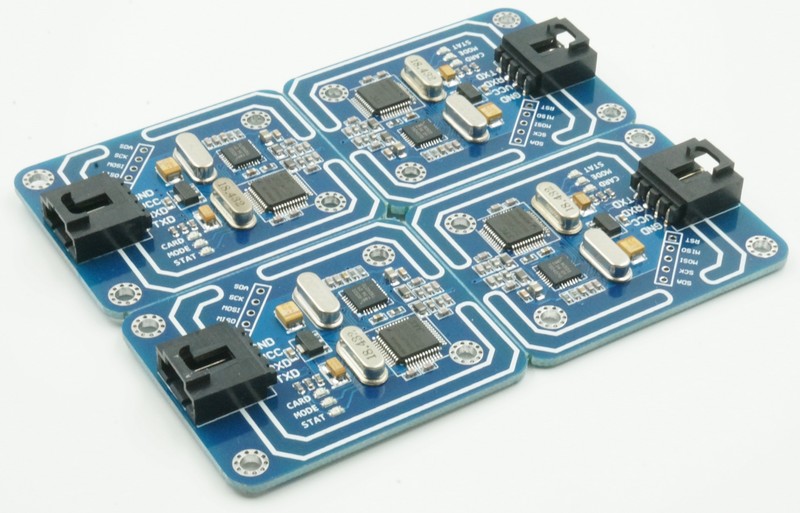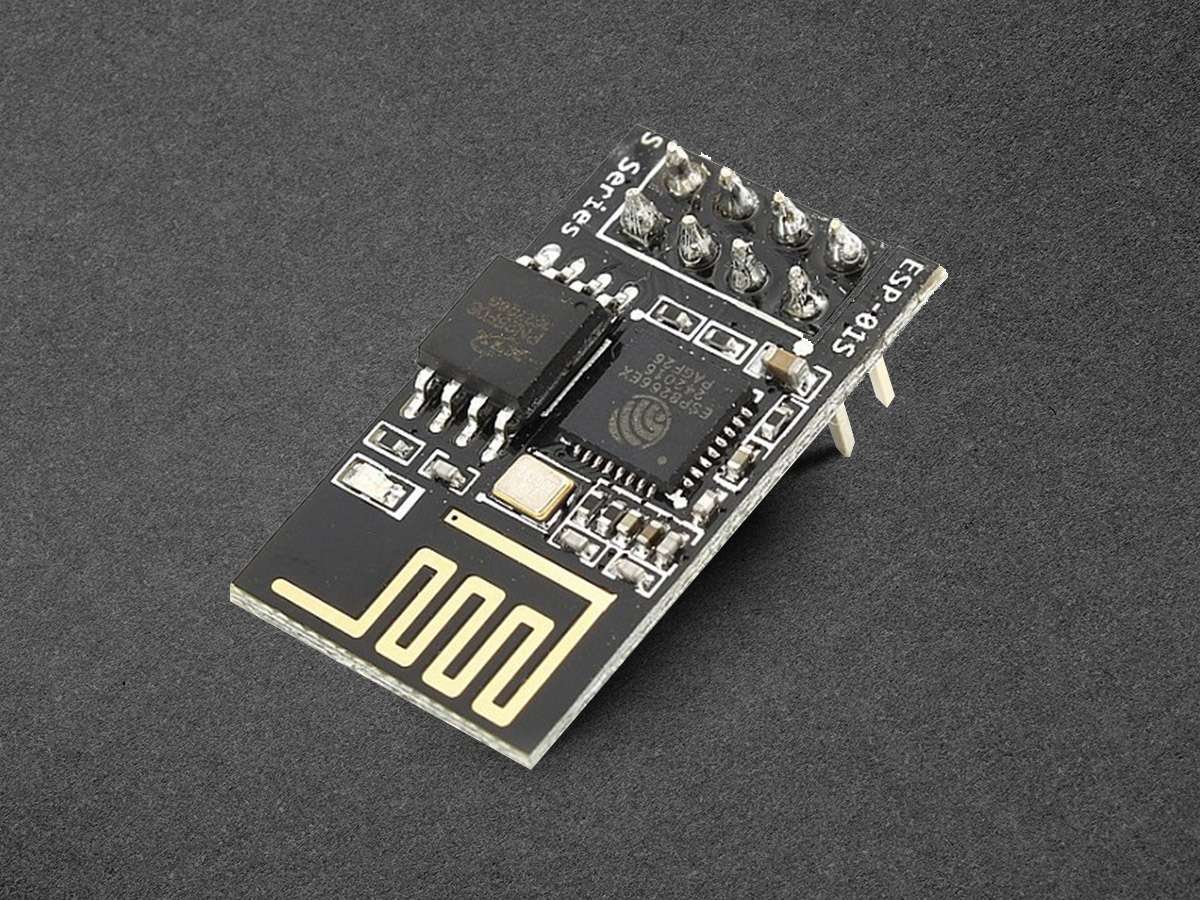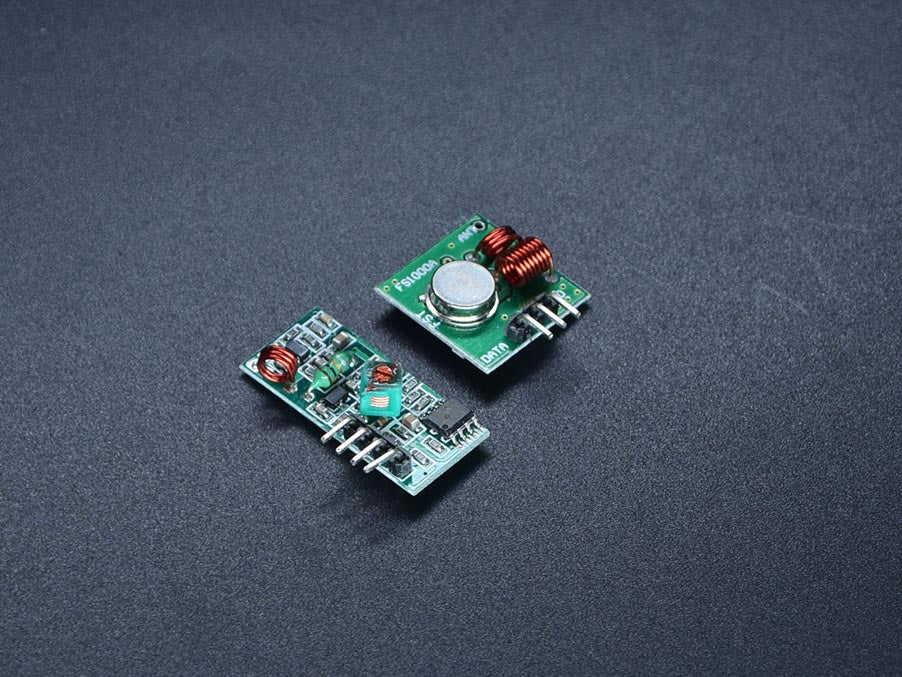Which wireless module can be used for IoT smart door locks?
Integrating innovative technology into everyday life has transformed home security, and smart door locks are a prime example of this transformation. At the core of this evolution lies the wireless module, a critical component that shapes a lock’s performance, power efficiency, and user experience. As IoT adoption accelerates, understanding the strengths and trade-offs of wireless technologies, such as Zigbee, Bluetooth, and WiFi, is essential for developers and integrators. Each module offers unique benefits depending on transmission range, power consumption, and network complexity. Choosing the right one isn’t just about speed—it’s about finding the best fit for the lock’s real-world demands.
ZigBee Wireless Module Power-Efficient and Scalable
ZigBee stands out for its low power use and suitability for short-range, low-data tasks, making it a solid option for smart door locks. It operates under the IEEE 802.15.4 standard, focusing on minimal energy consumption, fast transmission, and high node scalability. These traits make Zigbee modules great for battery-powered devices that require infrequent data transmission.
Moreover, Zigbee supports mesh networking, which boosts the system’s reliability. When a node fails, others reroute the data. This is especially useful in smart homes with many devices. Manufacturers choose ZigBee when they require reliable, energy-efficient modules that seamlessly integrate into home systems without requiring high bandwidth.

Bluetooth Module Mobile-Friendly and Energy-Efficient
Bluetooth modules shine thanks to their easy integration with smartphones. Bluetooth is a strong pick for users who prefer mobile interaction over constant connectivity. It offers good security and low energy consumption, making it perfect for proximity-based locking.
The BLE (Bluetooth Low Energy) standard works well for door locks. It allows app control without draining the battery. One issue is its limited standalone access—Bluetooth often needs a gateway for broader networks. Still, for simple access control, Bluetooth offers a blend of simplicity, energy savings, and user ease.
WiFi Module Direct Network Access with Some Caveats
WiFi modules offer direct access to cloud services and the Internet, enabling easy remote monitoring and updates. However, this comes at a cost—higher power use. WiFi-enabled locks often require larger batteries or direct power, which increases size and price.
WiFi also struggles in dense settings. Home routers support only a limited number of devices, which can be a bottleneck in fully connected homes. Due to its reach and familiarity, WiFi remains popular in early IoT setups. It is a solid choice for high-bandwidth needs or complete remote control if power needs are met.

Comparing Cost and Integration Complexity
Cost often drives final decisions. While efficient, Zigbee modules may require additional gateways or hubs, which can raise infrastructure costs. Bluetooth modules are usually cheaper and simpler to deploy, especially using mobile ecosystems. WiFi benefits from existing networks but may require more maintenance due to higher power consumption.
Integration complexity differs, too. ZigBee requires setup for mesh stability, Bluetooth needs reliable phone pairing, and WiFi may face signal issues in busy homes. Each option has trade-offs that developers must weigh closely.
Security and Reliability of Each Wireless Module
Security is key in using smart door locks. ZigBee and Bluetooth offer strong encryption and secure pairing. Bluetooth 5.0 and newer bring advanced privacy, while ZigBee uses AES-128 encryption. WiFi security depends on router settings, which vary in strength.
Reliability-wise, ZigBee’s mesh network shines. It ensures data moves even when one route fails. Bluetooth’s direct link lowers delay, and WiFi offers wide control via the Internet. All three require regular updates to stay secure, underscoring the importance of OTA (over-the-air) updates.

Use Case Considerations for Smart Locks
Deployment scenarios shape the best module choice. For example, Airbnb hosts may prefer WiFi for remote management, while homeowners who prefer simplicity may opt for Bluetooth. ZigBee handles many nodes without network overload in big apartments with smart setups.
Knowing the user’s environment is key. Some setups need better battery life over complete control, while others want 24/7 monitoring. So, the best wireless module depends on context. No single solution fits all, and flexibility is crucial when designing IoT-based smart lock systems.
Future Trends in Wireless Module Technology
Wireless tech evolves fast. New standards, such as Matter, aim to unify protocols, thereby easing integration issues. Bluetooth and ZigBee have already moved in that direction. Meanwhile, low-power wide-area networks (LPWANS) expand the range of IoT in industrial settings.
Future advances in smart locks mean better chips, longer battery life, and deeper cloud integration. AI could also support more intelligent access control. As tech matures, developers will get better tools to build safer, more thoughtful, and more intuitive systems.
Selecting the Right Wireless Module for Smart Door Locks
Choosing the right wireless modules for IoT smart door locks means balancing power, network access, cost, and user experience. ZigBee suits energy-conscious, scalable setups; Bluetooth is ideal for mobile-based use; and WiFi handles remote control and real-time updates. Each has a place, and the right choice depends on the Project needs.As smart homes continue to grow, strong wireless communication becomes increasingly crucial. Knowing the pros of each wireless module helps developers build secure, reliable, and user-friendly solutions.







